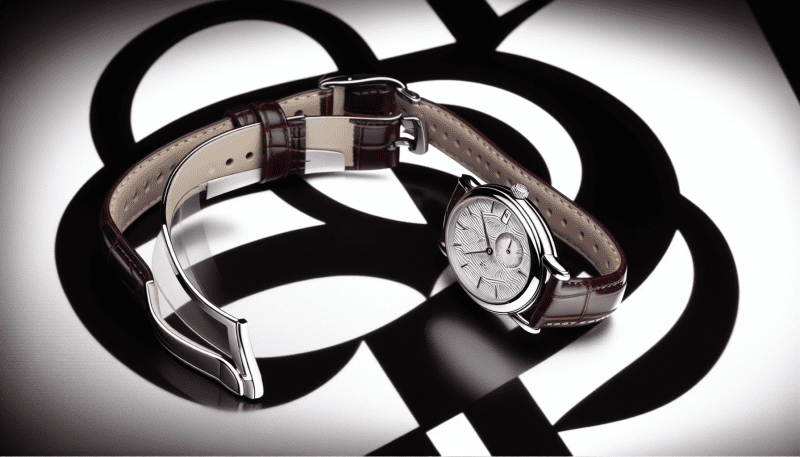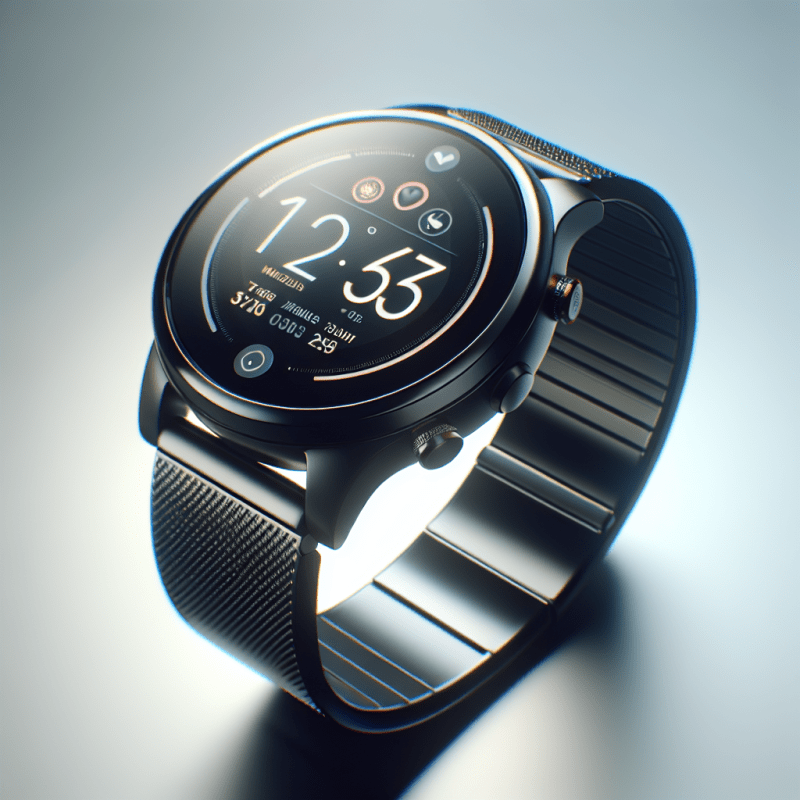The Evolution of Timekeeping: The Early History of Wristwatches
The history of wristwatches can be traced back to the early 16th century when Elizabeth I of England was gifted with a small timepiece to wear on her wrist by Robert Dudley, the Earl of Leicester. However, it wasn't until the 20th century that wristwatches became the norm rather than the exception.
One of the earliest known wristwatches was created in 1868 by Patek Philippe. This timepiece was created for Countess Koscowicz of Hungary, and it featured a bangle-style bracelet that held the watch in place. This watch was incredibly innovative for its time, and it set the standard for future wristwatch designs.
By the early 20th century, wristwatches had become more popular among women. Men still primarily used pocket watches, as wristwatches were considered too feminine for male use. That all changed during World War I when soldiers realized that wearing a wristwatch was far more practical than carrying a pocket watch. As a result, wristwatches became the standard for both men and women.
During the 1920s and 1930s, wristwatch design began to evolve rapidly. Watchmakers experimented with different shapes, sizes, and materials in order to appeal to different markets. The Art Deco style gained popularity during this time, and many watches featured bold colors, geometric shapes, and intricate designs.
The 1940s and 1950s saw a return to more restrained designs. Watches became smaller and more refined, with many feature slim leather straps and simple, minimalist dials. The 1960s and 1970s saw a return to bold designs, with many watches featuring bright colors, oversized dials, and unique shapes.
Today, wristwatches continue to be an important accessory for both men and women. Many watchmakers have returned to more classic designs, with slim leather straps and minimalist dials, while others continue to innovate with bold designs and new materials. Regardless of the style, the wristwatch continues to be an essential tool for telling time and making a fashion statement.
From Status Symbol to Everyday Accessory: Wristwatches in the 20th Century
At the turn of the 20th century, wristwatches were considered a luxury item and a status symbol. They were primarily worn by wealthy women who saw them as a fashionable alternative to the traditional pocket watch. Men, on the other hand, continued to use pocket watches, which were seen as a more practical and masculine option.
However, as the First World War broke out and soldiers realized the impracticality of using pocket watches in the trenches, wristwatches began to gain popularity among men. The ease of being able to tell time quickly and without having to dig through pockets proved to be a valuable tool for soldiers. Thus, wristwatches became an essential piece of military equipment by the end of the war and their popularity continued to grow.
In the 1920s and 1930s, wristwatches became more affordable and accessible to the middle class. The introduction of mass production techniques and the use of cheaper materials like plastic and chrome made it possible for almost anyone to own a wristwatch.
During World War II, wristwatches became even more important as they were used for military coordination and communication. The designs became more rugged and durable, with features like luminous dials for nighttime visibility.
After the war, wristwatches continued to evolve and became a standard accessory for both men and women. Designers began experimenting with new materials and styles, resulting in a wide variety of watches that catered to different fashion tastes and functions.
Today, wristwatches are no longer just a tool for telling time; they have become an essential accessory for many people. With the rise of smartwatches, they have also become a technological tool for tracking health, fitness, and communication.
From a symbol of luxury and status to an everyday accessory and a technological tool, the wristwatch has come a long way in the 20th century. Its evolution reflects the changes in society, technology, and fashion throughout the years.
The Future of Time: 21st Century Wristwatch Trends and Innovations.
As we move further into the 21st century, technology is rapidly changing the way we interact with the world around us. This includes the way we tell time. Wristwatches, once a simple device that told us the time, are now becoming more advanced and sophisticated.
Here are some of the most exciting wristwatch trends and innovations we can expect in the future:
Smartwatches
The rise of smartwatches has been one of the most significant trends in the wristwatch industry in recent years. Smartwatches combine the functionality of a traditional wristwatch with advanced features such as fitness tracking, messaging, music playback and voice commands.
Companies like Apple, Samsung, and Fitbit are leading the way in this space, with new features and functionality being added with each new generation.
Hybrid watches
Hybrid watches offer the best of both worlds, combining traditional analog watch elements with smartwatch features. They feature a traditional watch face with physical hands that show the time and other information, but can also connect to your smartphone to show notifications, track fitness, and more.
These watches are gaining popularity among consumers who want the features of a smartwatch without sacrificing the classic design of a traditional watch.
Sustainable materials
As consumers become more environmentally conscious, sustainable materials are becoming more of a priority in the design and manufacturing of wristwatches. Companies like WeWood, Sprout, and Analog Watch Co. are using materials like recycled plastic, cork, and bamboo to create unique and eco-friendly watches.
Augmented Reality
The future is looking bright for augmented reality (AR) watches. These watches can display information over the real world, using physical space as a canvas. This technology is still in its early stages but has the potential to revolutionize the way we interact with our wristwatches.
Imagine being able to see and control the time, weather, and notifications right in front of you, without having to look down at your wrist. It's an exciting prospect that could change the way we think about telling time.
In conclusion, wristwatches have come a long way since their inception, and the future looks even brighter. With advancements in technology and an increased focus on sustainability, the wristwatch industry is sure to continue to evolve and innovate. Who knows what possibilities the future of timekeeping will bring?


